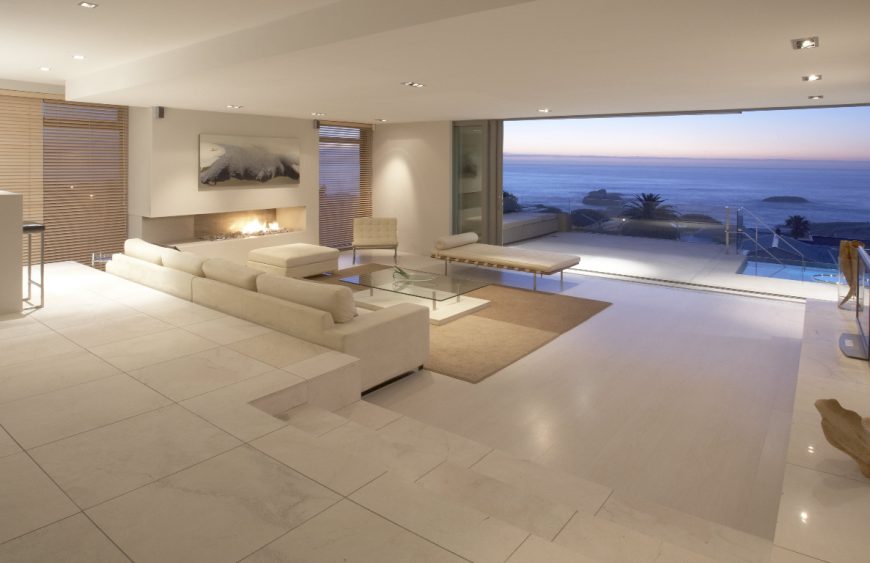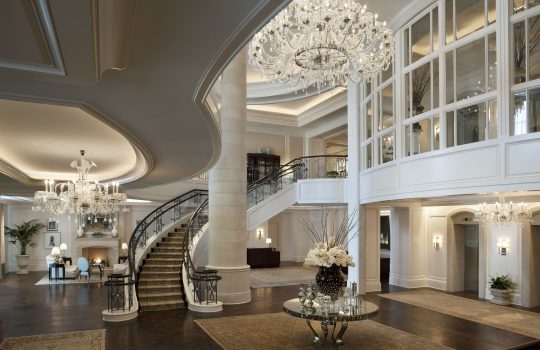In the realm of interior design, lighting plays a pivotal role not just in illuminating spaces but also in influencing emotions, behavior, and even productivity. Understanding the psychology of lighting can transform a mundane space into a sanctuary that promotes well-being, creativity, and efficiency. This post delves into how different types of lighting impact mood and productivity, shedding light on the subtle yet profound effects of our luminous surroundings.
The Influence of Light on Mood
Lighting can profoundly affect our emotional health, with its intensity and color temperature being the key factors at play.
- Bright lighting is often associated with positive emotions and can stimulate the mind, making it ideal for spaces meant to foster social interaction and lively activity.
- Dim lighting creates a cozy and intimate atmosphere, conducive to relaxation and contemplation.
- Warm lights (with a lower color temperature) evoke feelings of warmth and comfort, ideal for living rooms and bedrooms where relaxation is paramount.
Lighting and Productivity
The link between lighting and productivity cannot be overstated. Poor lighting can lead to eye strain, fatigue, and a noticeable dip in productivity and morale. Optimal lighting conditions, however, can enhance cognitive performance, reduce errors, and even mitigate the afternoon slump that many experience.
- Natural light is the champion of workplace lighting, known to boost mood, energy levels, and consequently, productivity. Exposure to daylight helps regulate our circadian rhythms, leading to better sleep at night and improved alertness during the day.
- Task lighting is another critical component, offering focused light that helps reduce glare and shadows, thereby minimizing eye strain during tasks that require precision and attention to detail.
Emotional and Cognitive Responses to Light
The impact of lighting extends beyond the visual sensation; it also plays a crucial role in emotional and cognitive responses. Research suggests that environments with dynamic lighting—light that changes in intensity and color temperature—can mimic the natural progression of daylight, fostering a sense of vitality and enhancing cognitive flexibility.
Moreover, personalized lighting—where individuals can adjust their lighting environment according to their needs and preferences—can lead to increased satisfaction and performance. This personalized approach acknowledges the individual differences in sensitivity to light and the task at hand, allowing for a tailored environment that promotes well-being and efficiency.
Implementing Psychological Lighting in Your Space
Creating a lighting scheme that considers psychological effects involves several steps:
- Maximize Natural Light: Arrange workspaces and social areas to benefit from as much natural light as possible.
- Layer Your Lighting: Combine ambient, task, and accent lighting to create a versatile and adaptable environment.
- Consider Color Temperature: Choose warm lights for relaxing spaces and cool lights for work and study areas.
- Incorporate Adjustable Lighting: Use dimmers and adjustable lamps to cater to different activities and time of day.
Conclusion
The psychology of lighting is a fascinating area that underscores the profound impact our illuminated environments have on mood, behavior, and productivity. By mindfully incorporating different types of lighting into our spaces, we can create environments that not only look beautiful but also promote emotional well-being and enhance our ability to work and create. As we become more attuned to the nuances of lighting, we unlock the potential to transform our daily lives in subtle yet meaningful ways.
For further details or to place an order, reach out to us at 03020450920 or explore our collection online at www.krypto-lights.com.




